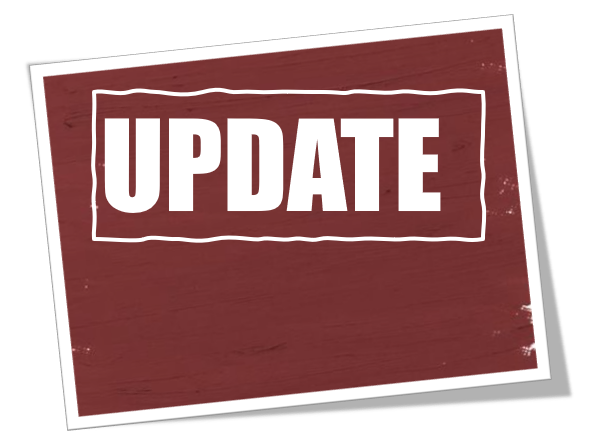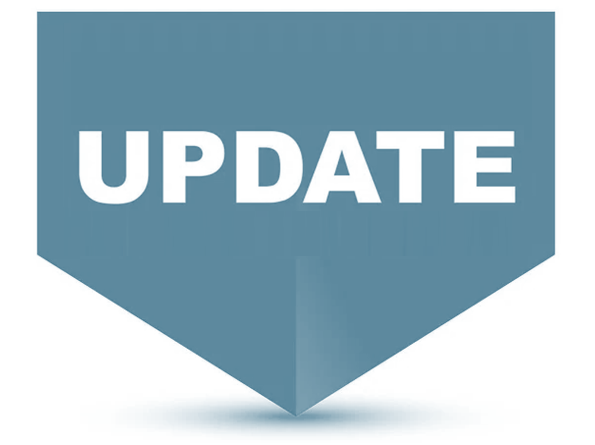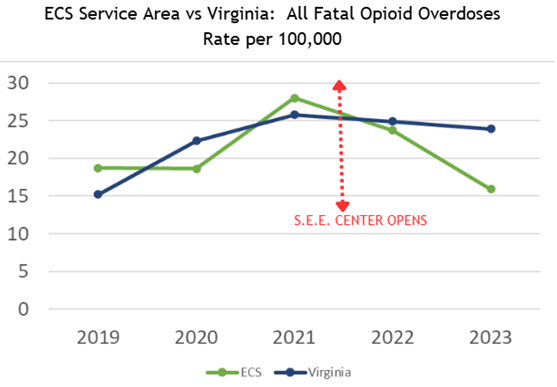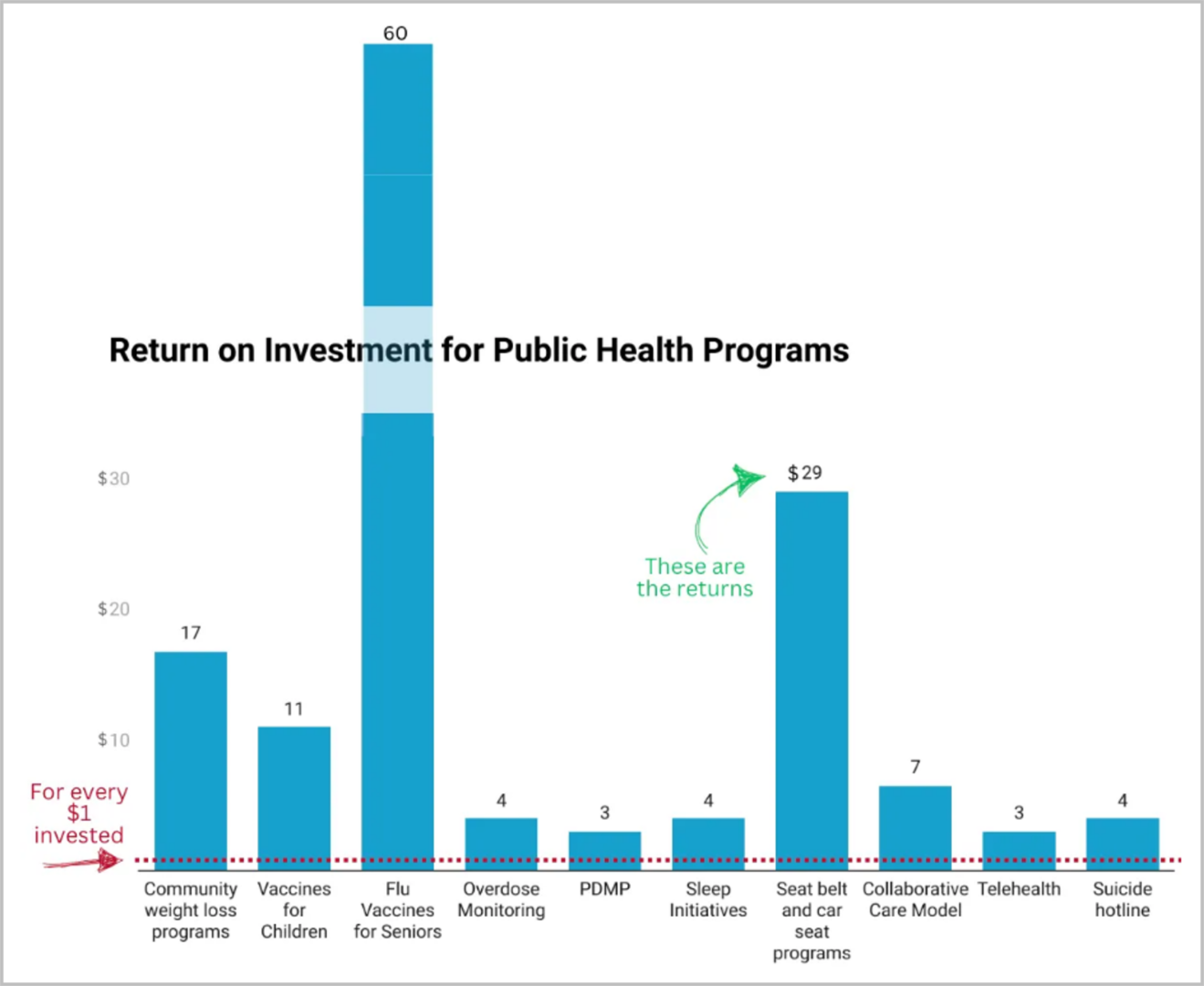For nearly 60 years, the Older Americans Act (OAA) has helped older adults nationwide. It provides important services like meals, transportation, caregiver support, and protection from abuse. These programs help seniors stay healthy, safe, and independent in their homes and communities.
What Is the Older Americans Act?
The OAA was created in 1965 because there weren’t enough local services for older people. The Act funds programs like:
- Meals delivered to seniors’ homes
- Rides to medical appointments or the grocery store
- Help for family caregivers
- Legal aid
- Health and wellness programs
- Protection from abuse and neglect
These services are available in every community and help millions of older adults each year.
Who Helps Make It All Happen?
Area Agencies on Aging (AAAs) are local groups that run many of the OAA programs. They make sure older adults, especially those who are low-income or live alone, get the help they need. AAAs work hard to keep services simple and flexible so they meet each community’s needs. Encompass Community Supports is your local AAA.
Why is it Important?
By 2030, over 30% of our residents will be over the age of 60. Right now, we already have more older adults over age 65 living here than in most parts of Virginia or the United States.
Source: US Census Bureau, American Community Survey 2019-23
What’s the Problem?
A new government budget proposal would break up the OAA programs and move them into two different federal agencies:
- Centers for Medicare & Medicaid Services (CMS)
- Administration for Children and Families (ACF)
This plan would also cut funding for key programs in 2026, including:
- Health and disease prevention
- Long-Term Care Ombudsman (who protect nursing home residents)
- Help with Medicare
- Resources for aging and disability
- Programs that prevent elder abuse
These programs are critical for helping seniors stay healthy and live at home. Cutting them would hurt the people who rely on them most.
What Could Happen If These Changes Go Through?
- Local agencies would have less money and more red tape
- Older adults could lose services they depend on
- Seniors may have to move into nursing homes earlier than needed – a situation no one wants unless absolutely necessary
- Costs for care could go way up
- Families and caregivers would have a harder time finding support
What Can You Do?
Call your Members of Congress! Tell them:
- Keep OAA programs together under the Administration for Children and Families (ACF)
- Don’t cut funding for programs that protect and support older adults
- You can find the contact information on your Members’ websites: house.gov and senate.gov
We believe older Americans deserve care that is organized, affordable, and focused on their needs—not scattered across agencies or lost in budget cuts.









